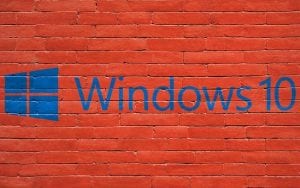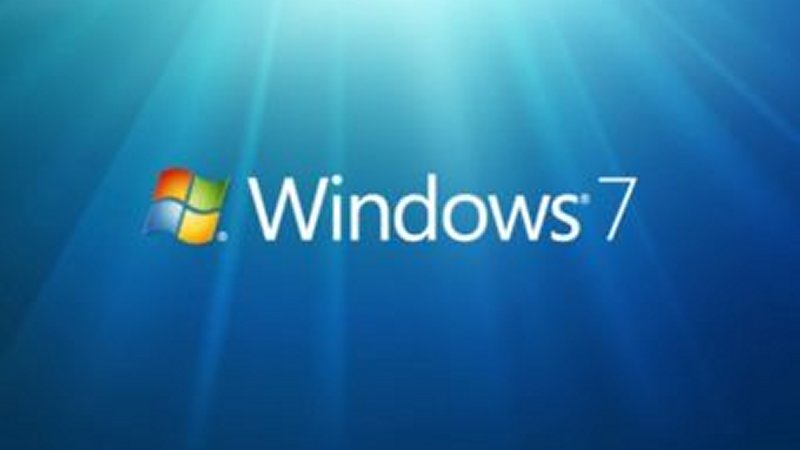What to do if you're still using Windows 7
As Windows 7 and various other Microsoft products approach end of life, we outline important end dates and explain the costs associated with running unsupported software.
A decade after its release, Windows 7 is no longer supported. End of life occurred on 14th January 2020. This means that Microsoft will no longer issue any updates and users should look to upgrade their operating system. Keep reading to find out everything you need to know.
When did end of life for Windows 7 happen?
January 2020. People still using Windows 7 should look to upgrade their software as soon as possible.
Why is it important?
Windows 7 is no longer supported. This means that Microsoft will not provide security patch updates. Any machines still running this operating system will be vulnerable to hackers and potential security breaches. Not only is this against cyber security best practice, it could also result in a data breach leading to GDPR non-compliance and a hefty fine. The dangers of running unsupported software include:
- Security concerns: businesses are more vulnerable to security breaches
- Compatibility issues: businesses are more likely to experience software incompatibilities which mean they are unable to upgrade to the latest products
- Data compliance: businesses are at greater risk of data breaches and face potentially hefty fines, particularly in regulated industries
- Performance issues: business will experience higher operating costs with poorer performance and reliability
Upgrade to Windows 10
 Upgrading from Windows 7 to Windows 10 should be considered an opportunity. Businesses will benefit from better performance, a greater range of features and access to supporting software like Office 365 and Windows server 2016. In contrast, businesses still using Windows 7 risk being left behind. Consequently, moving to Windows 10 should be considered a good thing rather than a chore. In order to ensure a smooth upgrade, give yourself plenty of time to plan and review your whole IT set up, rather than having to rush it through at the last minute. Want to know more? Read The Business Benefits of upgrading to Windows 10.
Upgrading from Windows 7 to Windows 10 should be considered an opportunity. Businesses will benefit from better performance, a greater range of features and access to supporting software like Office 365 and Windows server 2016. In contrast, businesses still using Windows 7 risk being left behind. Consequently, moving to Windows 10 should be considered a good thing rather than a chore. In order to ensure a smooth upgrade, give yourself plenty of time to plan and review your whole IT set up, rather than having to rush it through at the last minute. Want to know more? Read The Business Benefits of upgrading to Windows 10.
Upgrade to Windows 11
Since writing this blog, Microsoft have developed a new operating system. Windows 11 will be released on 5th October 2021. Existing Windows 10 users will be eligible for a free upgrade to Windows 11. Here's what you need to know about the release of Windows 11.
Other important products and dates to be aware of:
In addition to Windows 7, these are the end of life dates for the following products:
- Windows Server 2008 and Windows Server 2008 R2 – January 2020
- Windows Small Business Server 2011 – January 2020
- Exchange Server 2010 – January 2020
- Office 2010 – October 2020
- Windows 7 – January 2020
- Internet Explorer - June 2022
Businesses need to be aware of important end dates to avoid the risks associated with running unsupported software. We strongly recommend getting in touch to discuss your upgrade options and to ensure your systems remain protected.





